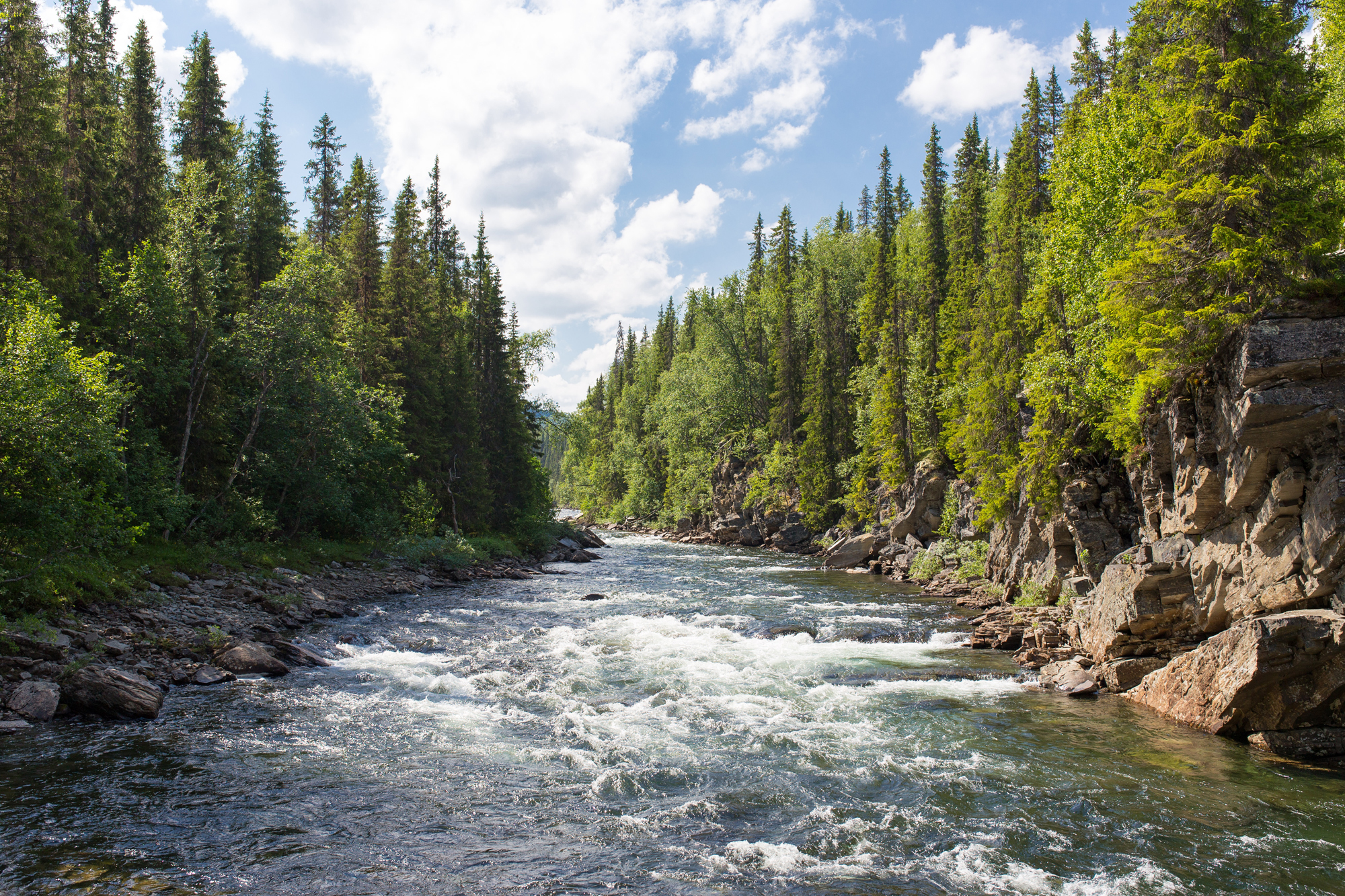
A UK defence incubator is seeking ideas on how AI and other technologies could help army units cross boggy or dangerous ground dubbed the “wet gap”, without having to send in a physical reconnaissance unit.
The Defence and Security Accelerator (DASA) will launch a competition in the New Year soliciting innovative proposals.
A particularly dangerous part of any unit movement occurs when it crosses terrain obstacles such as rivers, streams or bogs. These “wet gap” crossings slow down units rendering them vulnerable and can only be crossed by heavily vehicles at certain points.
Currently, when the UK military wants to find a suitable location to cross a wet gap they deploy a Royal Engineer reconnaissance unit, not only does this put personnel at risk, but it also informs the enemy that a large unit may cross the river at this point, opening up the possibility of an ambush.
A DASA spokesperson said: “We are open to any novel or innovative solution to this challenge.
“Our vision is to ultimately remove personnel from these dangerous tasks with a remote system that allows more crossing locations to be surveyed, increasing the choices available to commanders and giving an opportunity to surprise the enemy.”
DASA’s was launched in 2016. Its main goal is to source and fund emerging or industry used technology which can be used to give the UK military a strategic advantage in combat or exploratory mission.
Autonomous Gap Crossing Survey
The competition announced by DASA today – Map the Gap: Autonomous Gap Crossing Survey – poses a significant challenge as a simple flyby with a drone will not give the army the details they need to make a crossing judgement.
In order to properly survey a location several measurements need to be taken; such as the width of the gap, the nature of the soil on each bank. As well as the: “Contact zone profile (from 2m below min water level to 8m inland of the gap edge) – ruling gradients (%): near bank, far bank grounding, and far bank climbing out.”
The competition will be formerly launched in February of 2020. The total funding for the first phase of the competition is set at £1.2 million, with DASA expecting a further £2.5 million to be released for the second phase.
DASA is no doubt hoping that a startling fall in the cost of IoT sensors and a rise in semi-autonomous bots will produce something that fits the bill…






